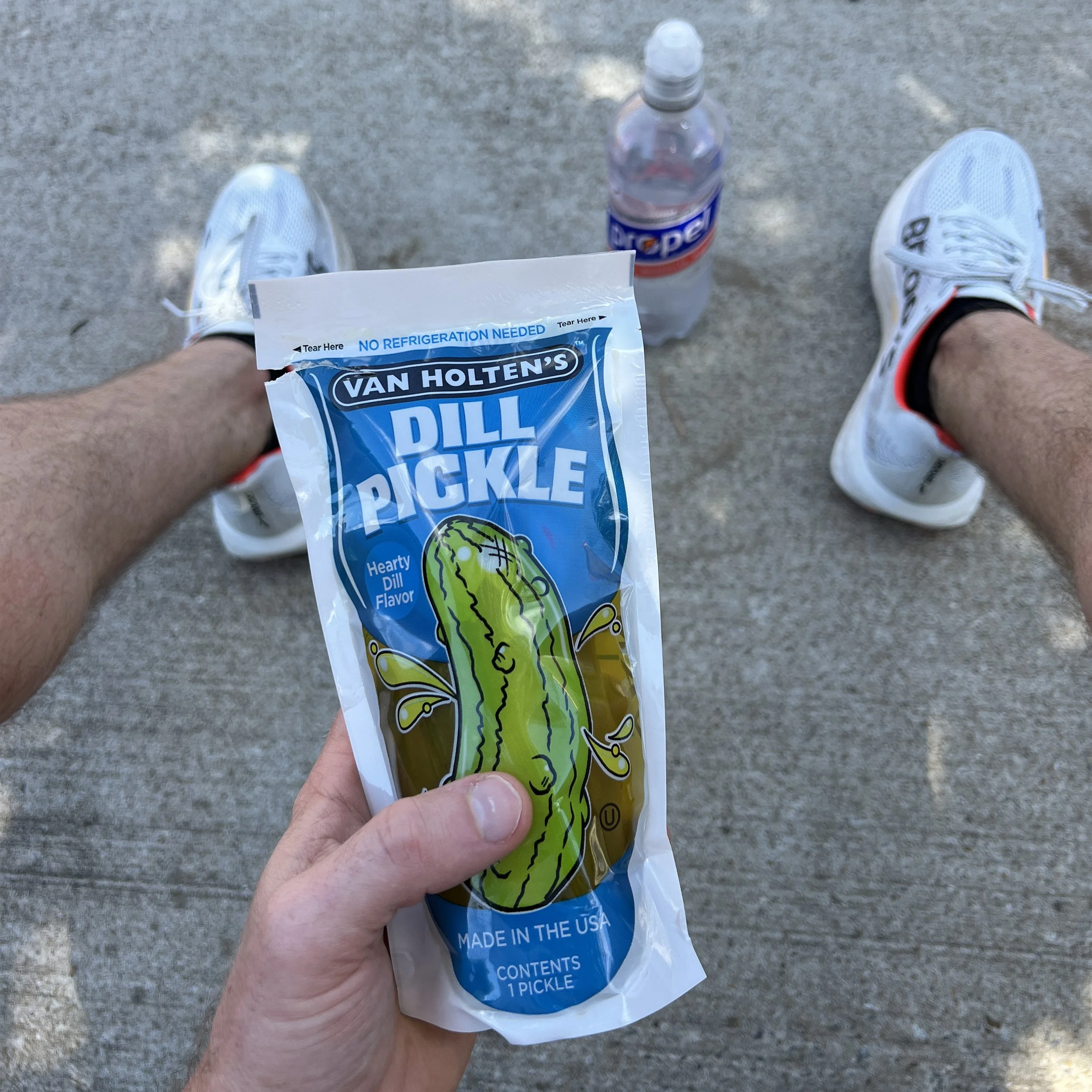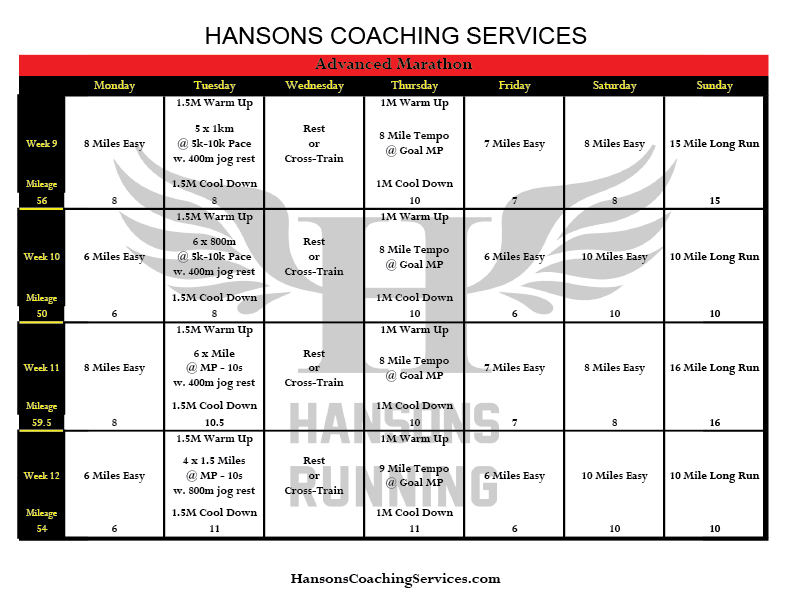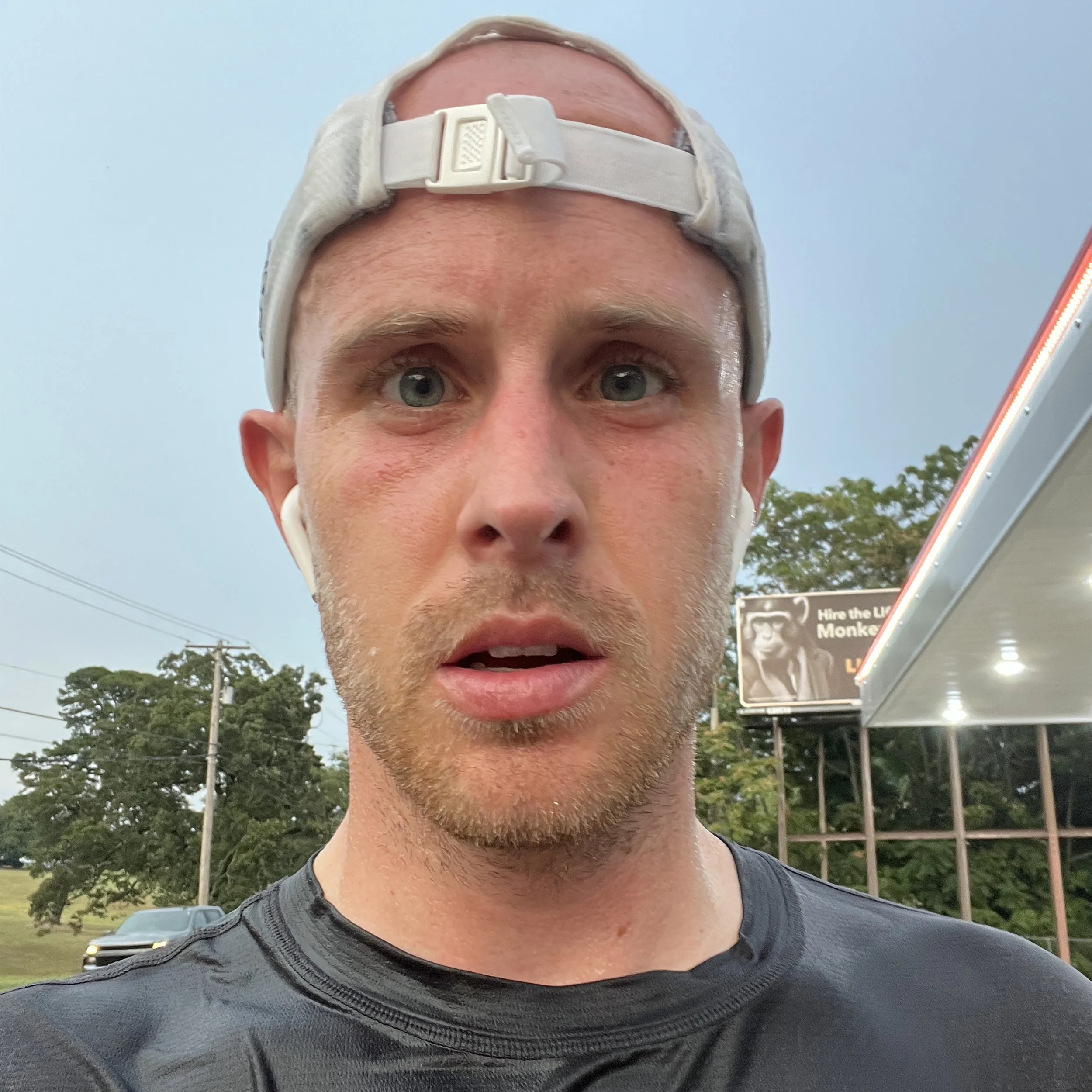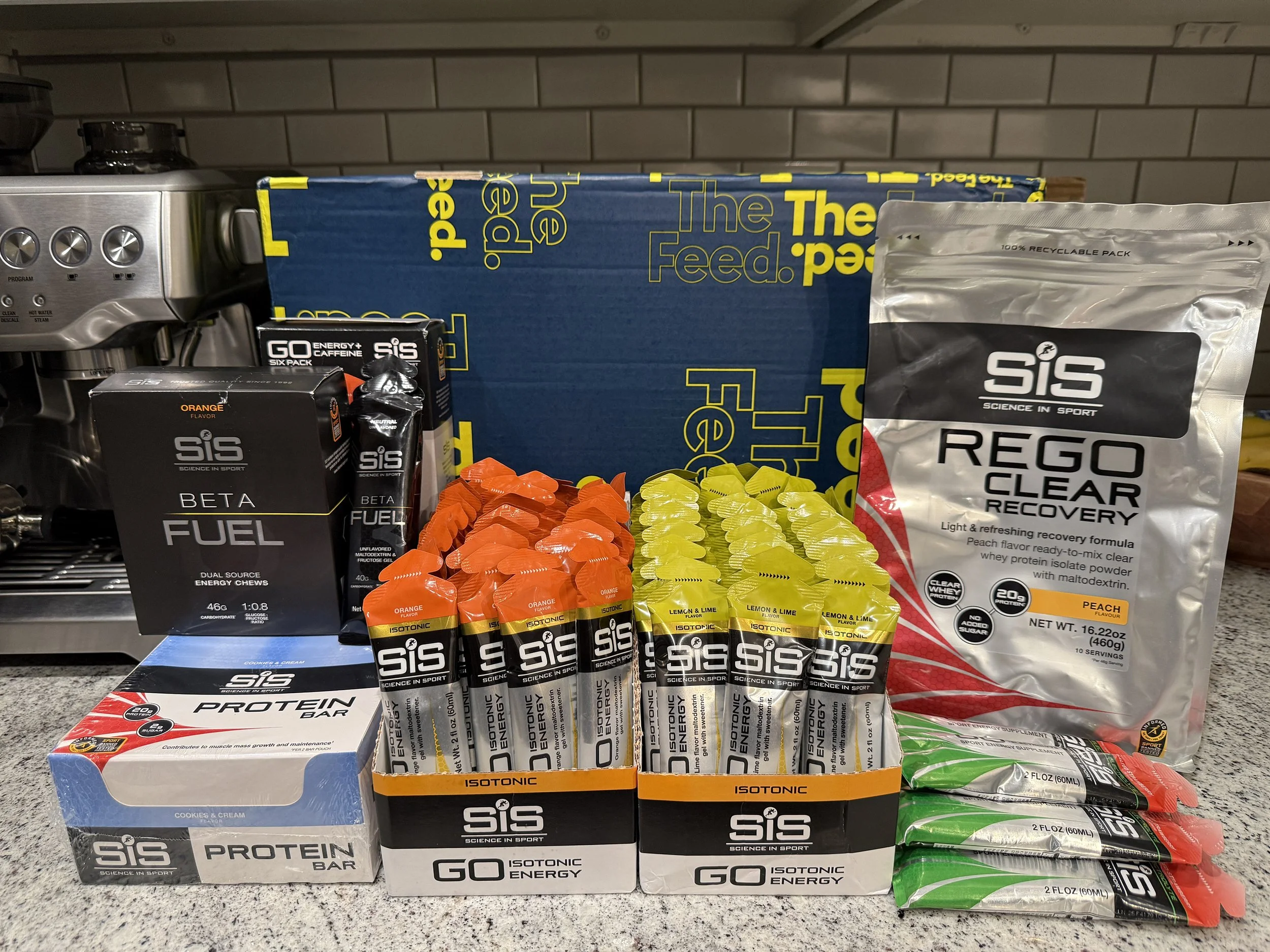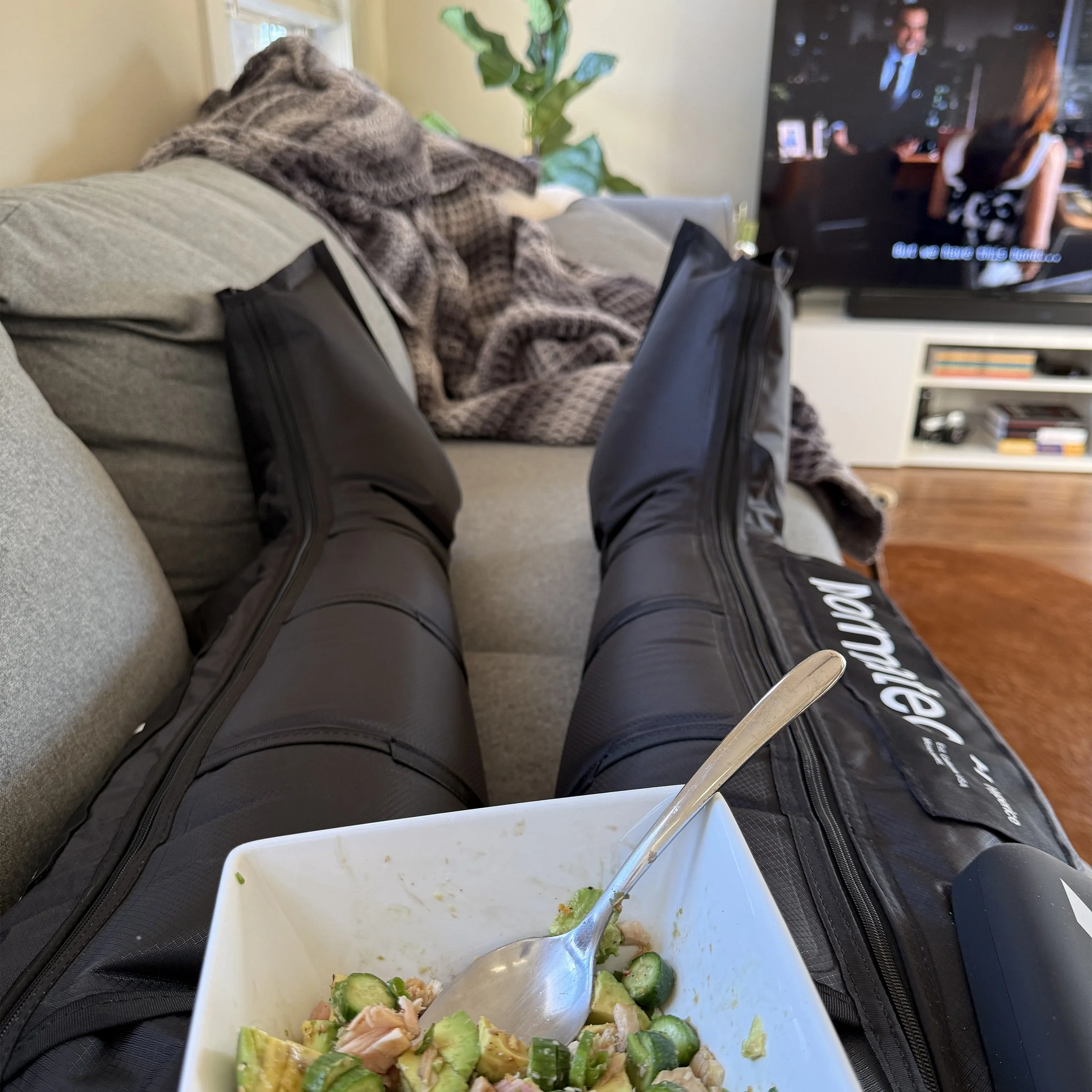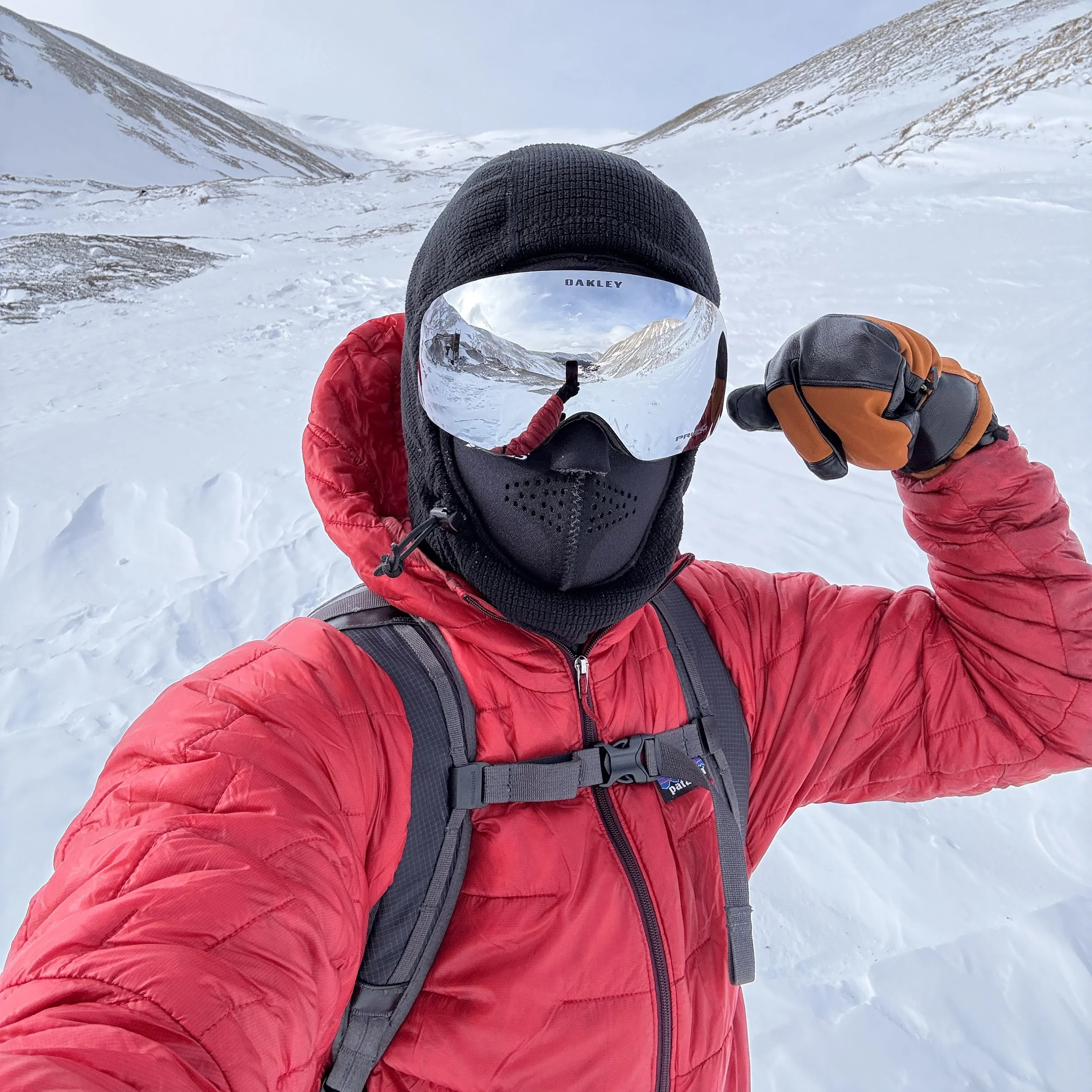Rebuilding After 13 Years: From Hiatus to Hansons
Alright, so after the whirlwind of the Tahoe trip and the 'we're running a marathon!' declaration, reality hit. Thirteen years. That’s how long it had been since I’d seriously laced up my running shoes. Sure, I'd been cycling, but that's a whole different ballgame. I was essentially starting from zero. And let's be real, I didn't exactly walk away from running on the best terms. I had kinda sworn off the sport forever.
To be honest, I fumbled around for a bit. Despite being semi-motivated, life is busy, and getting back into the swing of running felt like an insane task. I honestly didn't even own a pair of proper running shoes at this point, if you don't count my hiking (trail running) shoes. But I was making a 'noticeable' effort by going on occasional trail runs and getting on one of my bikes a little more often.
Things started to feel real the weekend of September 14th, when the group got back together in Vail, Colorado for Andy's wedding. This was the first time we had seen each other in over a month. We went on a run the morning of the big day, and the sub-3 hour marathon started feeling real. Steven, being Steven, of course started recruiting everyone he could find to join the challenge. We left Vail that weekend, knowing this was actually happening. We were doing it together, and I was all-in.
The first step was ordering new shoes. I'm a Brooks snob. So I jumped on the internet and I got the Brooks Hyperion Max 2 and Brooks Hyperion GTS. Why? Because they were lightweight and fast, and I didn't want a heavy shoe weighing me down. (I'm still not the smartest.) The Brooks Hyperion Max 2 has turned out to be my favorite shoe I have ever run in. I’m sure I’ll do a shoe review down the road. But the summary, buy them.
The second step was figuring out a training plan. I knew I needed structure, something that would push me but also be realistic. That's when I landed on the Hansons Advanced Marathon Training Plan. I’ve always been drawn to their lower mileage approach. The idea of cumulative fatigue and race-specific workouts just made sense to me. Plus, let's be real, I was a Brian Sell fanboy back in the day. There was a time when I dreamed of training with that group. College burnout had put a damper on those dreams. But I digress.
The Hansons Advanced Marathon training plan is an 18-week program, and by the time I got around to making a plan, my race was 22 weeks out. That meant I needed a base-building phase, and fast. But after a 13-year hiatus, I had no idea how to build a base. So, being the 21st-century athlete that I am, I turned to ChatGPT. I asked it to create a four-week base plan that would smoothly transition me into the Hansons program.
Those first couple weeks were… humbling. Every run left my legs aching, my heart rate soaring, and my clothes drenched in sweat. Arkansas humidity is no joke. But I stuck with it. I was absolutely amazed how fast it all came back. My foot speed returned immediately, and once I relearned how to get my heart rate under control, I felt like I was able to run forever. The endurance I’d built from cycling definitely helped. It was a grind, but every mile felt like a step closer to that sub-3 goal.
After about a month, I started to gain confidence that sub-3 was not just achievable, but going to be cake. So, I actually started adding mileage and increasing my speed on interval and tempo workouts. I had aches and pains along the way, but I had always been the runner who "raced into shape" - relying on long base blocks was never my style. Plus, my teammates following me on Strava kept inflating my ego and left me wondering truly how fast I was going to be able to go. It was also around this time that the group picked the Little Rock Marathon as our race of choice. Home marathon? Now the pressure was on, and I started to set my eyes on a 2:37 (6:00/mile) target, a time that generally would win the race.
As training progressed, I started taking all aspects, beyond just training, very seriously. Sleep, food, nutrition, and recovery. I learned so much as an athlete training for the Leadville MTB 100 back in 2019. First and foremost, was everything I learned about race nutrition and proper fueling. If there is one thing I see athletes take fore granted, it is their nutrition strategy. Everyone is different, however I can’t say enough about the SiS (Science in Sport) products. Second, I bought another pair of Normatec Leg sleeves, that I affectionately refer to as my squeezers. I've never been the best at stretching or getting massages, and these are super easy to throw on when I'm lounging around the house, and I do think they make a noticeable difference in how my legs recover post-workouts.
This time around, I also got a HyperVolt 2 Pro to aid in massage. I (probably) didn't read the directions, but one evening I was trying to loosen up a tight calf before a tempo run. Not one mile in, almost instantaneously, my calf locked up so bad I came to an immediate stop. I could barely walk home. I still remember that night, I thought my race was over. This was right before Christmas. I limped through workouts, trying not to lose fitness, but also not negatively impact my running form, or cause other injuries.
This is also when I was planning a trip to Colorado to hike a winter 14er with Andy and Daniel. I was worried about going on the trip in the first place, I didn't know how my calf was going to respond to a couple thousand feet of vert in snowshoes, and then handle two days of skiing. Andy ended up being pretty sick, and weather was not very cooperative, so we really only made it about halfway to the summit and really had no issues.
Got back from Colorado, and it was like magic, I had no issues with my calf. In total, it was a two-week setback, but I was so thankful it wasn’t worse. I made a noticeable effort to "ease" back, but I was so motivated and ended up hitting my training hard for the next two months leading up to the race. During this time, I experienced no major setbacks. I was able to complete several 20+ mile runs, and my interval workouts were both fast and controlled. I did it. I went from a 13-year running hiatus to ready to attack my first marathon in 22 weeks! Only question was, how fast would I attempt to run?



